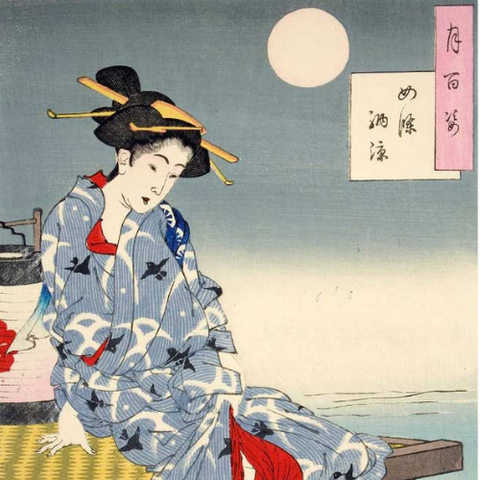M.S. Rau is committed to offering fine art of the highest caliber and we seek paintings and sculpture by historically renowned artists, often with impressive provenance. The large majority of our works of art come from private. . .
At M.S. Rau, we are committed to building a long-term, rewarding relationship with each and every client. That’s why your purchase is backed by our 125% guarantee.
Learn MoreEdo-Period Samurai Suit of Armor
- This complete Edo-period samurai suit was made for a prominent member of the Akino clan
- Housed in its original paulownia wood storage box, this rare suit is complete and pristine
- It is made of fine materials including lacquerware plates, russet iron, silk and copper
- It exemplifies the pinnacle of samurai armor design and craftsmanship
- Get complete item description here
To speak to one of our experts, call 1-888-711-8084
Housed in its original paulownia wood storage box, this rare suit is complete and in pristine condition, a remarkable feat. All of the fine materials, including lacquerware plates, russet iron, silk and copper, coalesce into a beautiful and completely functional work of art. Before the Edo period, Japan had been experiencing internal wars for over 1000 years. Once the Tokugawa Shogunate unified the country and relocated the capital to Edo (present-day Tokyo), internal warfare greatly decreased. Even in the relatively peaceful Edo Period, however, superior armors were still crafted as many believed war would come again.
Please see the complete list of exceptional features of this rare suit of armor below.
The helmet is a five panel steel zunari kabuto, featuring turn backs (fukigaeshi), a peak (mabisashi) trimmed with gilded copper and stenciled doe skin showcasing the Asano clan’s crossed hawk feather heraldry.
The neck guard (manju shikoro) is made from five black lacquered iron lames, complementing the mythically inspired, swordsmanship-celebrated russet iron mask (tengu men).
The signed mask (tengu men) has a finely patinated exterior and a red lacquered interior, intensifying its fearsome visage. It features the image of a Tengu men, which are tree sprites and ruthless woodland protectors.
The breastplate (dō) is made of five-plate russet iron, ornately mounted with scrolled gilded copper and features an embossed demon’s face with silver and shakudo eyes and gilded fangs on the breastplate.
The skirt (kusazuri) comprises seven divisions, each with five lames of lacquered molded leather (nerikawa).
The shoulder guards (sode) include six lames of lacquered iron, aesthetically matching the russet iron and adorned with the Asano clan markings.
The armored sleeves (tsutsu gote) are made of russet iron and decorated to reflect the Asano clan.
The thigh guards (haidate) and shin guards (tsutsu suneate) feature a roof tile (kawara) design with green tops (kikko tateage), aesthetically aligned with the cuirasse.
18th century
On base: 65 1/4" high x 25 3/4" wide x 22 5/8" deep (130.18 x 65.41 x 57.47 cm)

| Period: | 18th Century |
| Origin: | Asia |
| Type: | Arms and Armor |
| Depth: | 22.63 in. (57.47 cm) |
| Width: | 25.75 in. (65.41 cm) |
| Height: | 51.25 in. (130.18 cm) |

Masterful Craftsmanship: Your Guide to Japanese Artworks
Over the past two millennia of Japan’s history, the nation's ever-evolving artistic traditions remain a constant yet ever-changing thread. Of course, Japanese art has not remained static throughout its storied history. It has...
Read MoreAt M.S. Rau, we are committed to building a long-term, rewarding relationship with each and every client. That’s why your purchase is backed by our 125% guarantee.
Learn More




























